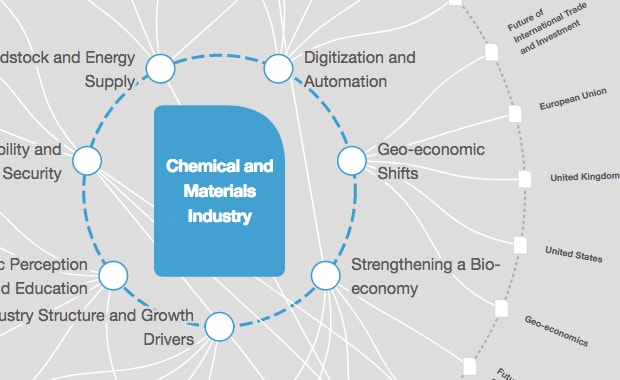MIT researchers think we're a step closer to practical nuclear fusion

Nuclear fission reactors have been within our grasp for 50 years now. Image: REUTERS/Dominick Reuter

Get involved with our crowdsourced digital platform to deliver impact at scale
Stay up to date:
Chemical and Advanced Materials
IN BRIEFMIT researchers using the Alcator C-Mod reactor have achieved a new nuclear fusion pressure record of more than 2 atmospheres of pressure.The Alcator C-Mod is set to retire after over 23 years of use but its nuclear fusion experiments have brought us closer to nearly unlimited clean energy.STABILIZING NUCLEAR FUSION
Nuclear fission reactors have been within our grasp for 50 years now, but harnessing the power of the Sun through stable nuclear fusion has eluded us.

Stable nuclear fusion involves a plasma’s particle density, its confinement time, and its temperature, reaching a particular value (the “triply product”) that keeps the reaction going. The plasma must be extremely hot (more than 30 million degrees Celsius) and it needs to be stable under intense pressure while remaining in a fixed volume. Adjusting the plasma pressure is most of the challenge.
Now, thanks to scientists working on the Alcator C-Mod tokamak fusion reactor at MIT, we are a step closer to controlling it.
The team managed to set a world record for plasma pressure inside the reactor, reaching over 2 atmospheres of pressure for the first time with a temperature of over 35 million Celsius. The record was set on the Alcator C-Mod reactor’s final run, which is about to retire after 23 years of use.
Former deputy director of the Princeton Plasma Physics Laboratory, Dale Meade, says the achievement of the Alcator C-Mod program takes us a step closer to a working fusion reactor.
“The record plasma pressure validates the high-magnetic-field approach as an attractive path to practical fusion energy,” Meade said, according to MIT News.
The Alcator C-Mod — with an interior reminiscent of a corridor in the Millennium Falcon from “Star Wars” — is the only compact, high-magnetic-field fusion reactor sporting a tokamak (Russian for “toroidal chamber”). The tokamak holds the superheated plasma in a donut-shaped chamber.
CLEANER ENERGY
Nuclear fusion is a prime candidate for producing basically unlimited clean, safe, and carbon-free energy. Unlike nuclear fission reactors that generate radioactive waste, the nuclear energy from fusion is truly renewable and virtually pollution-free. How it can be applied to power generation is still a subject of investigation.
The record-breaking research will be presented on Oct. 17 at the International Atomic Energy Agency Fusion Energy Conference in Kyoto, Japan by MIT’s Earl Marmar, senior research scientist and Alcator leader. Also, the team will discuss their results during a Reddit Ask Me Anything session on Oct. 20 at 1 p.m. EDT.
Don't miss any update on this topic
Create a free account and access your personalized content collection with our latest publications and analyses.
License and Republishing
World Economic Forum articles may be republished in accordance with the Creative Commons Attribution-NonCommercial-NoDerivatives 4.0 International Public License, and in accordance with our Terms of Use.
The views expressed in this article are those of the author alone and not the World Economic Forum.
The Agenda Weekly
A weekly update of the most important issues driving the global agenda
You can unsubscribe at any time using the link in our emails. For more details, review our privacy policy.
More on Industries in DepthSee all
Abhay Pareek and Drishti Kumar
April 23, 2024
Charlotte Edmond
April 11, 2024
Victoria Masterson
April 5, 2024
Douglas Broom
April 3, 2024
Naoko Tochibayashi and Naoko Kutty
March 28, 2024






